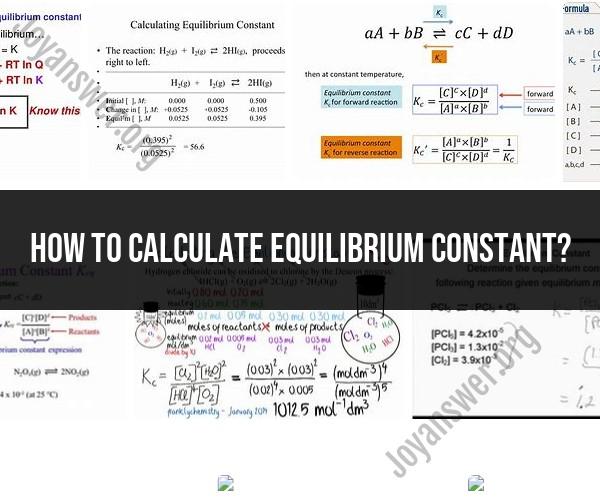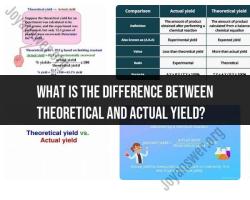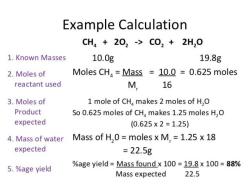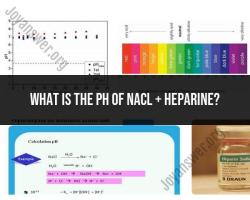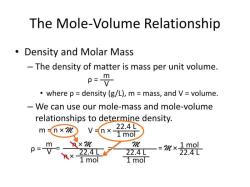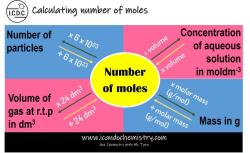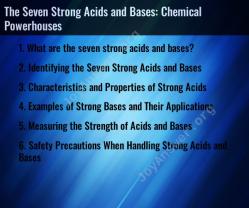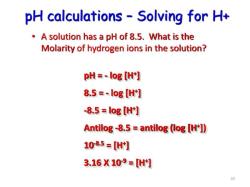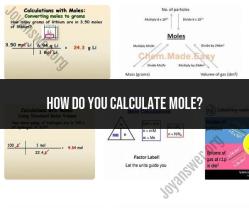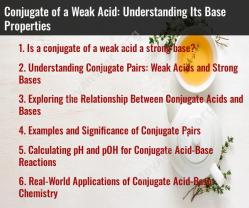How to calculate equilibrium constant?
The equilibrium constant (K) is a numerical value that expresses the ratio of product concentrations to reactant concentrations at chemical equilibrium for a given chemical reaction. It is used to describe the extent of a chemical reaction and is essential in understanding chemical equilibria. The general formula to calculate the equilibrium constant, K, for a chemical reaction is as follows:
For the reaction: aA + bB ⇌ cC + dD
The equilibrium constant (K) is calculated as:
K = [C]^c [D]^d / [A]^a [B]^b
Where:
- [A], [B], [C], and [D] represent the molar concentrations of the reactants and products at equilibrium.
- "a," "b," "c," and "d" are the coefficients from the balanced chemical equation.
Here are the steps to calculate the equilibrium constant:
Write the Balanced Chemical Equation: First, ensure that the chemical equation is balanced. That is, make sure that the number of atoms of each element on the reactant side is equal to the number of atoms of that element on the product side. Adjust the coefficients (a, b, c, and d) if necessary.
Obtain Concentrations at Equilibrium: Measure or determine the molar concentrations of all reactants and products when the reaction has reached equilibrium. These concentrations are represented by [A], [B], [C], and [D] in the formula.
Substitute into the Equilibrium Constant Formula: Plug the concentrations of the reactants and products into the equilibrium constant formula. Make sure to use the molar concentrations (in molarity, M) at equilibrium.
Calculate K: Perform the necessary calculations as specified by the formula. The result will be the value of the equilibrium constant (K) for that particular reaction.
Unit of K: Be aware that the equilibrium constant has no unit, as it is a ratio of concentrations.
It's important to note that the value of the equilibrium constant can vary depending on temperature. As temperature changes, so does the value of K. Furthermore, the numerical value of K provides insights into the relative concentrations of products and reactants at equilibrium:
- If K > 1, the equilibrium favors the products, indicating a product-rich equilibrium.
- If K < 1, the equilibrium favors the reactants, indicating a reactant-rich equilibrium.
- If K ≈ 1, the concentrations of products and reactants are approximately equal at equilibrium.
Calculating the equilibrium constant is a fundamental concept in chemical equilibrium and is crucial for understanding and predicting the behavior of chemical reactions in various contexts, from industrial processes to biochemical reactions.
Calculating Equilibrium Constants: A Fundamental Chemistry Skill
Calculating equilibrium constants is a fundamental chemistry skill that is used to understand and predict the behavior of chemical reactions. Equilibrium constants are used in a wide range of applications, including chemical engineering, materials science, and environmental chemistry.
Equilibrium Constant Formulas and Their Applications
The equilibrium constant for a chemical reaction is defined as the ratio of the concentrations of the products to the concentrations of the reactants at equilibrium. The equilibrium constant is denoted by the symbol Kc.
The equilibrium constant formula for a general chemical reaction is as follows:
Kc = [products] / [reactants]
Where [products] and [reactants] are the concentrations of the products and reactants at equilibrium, respectively.
The equilibrium constant can be used to predict the direction of a chemical reaction at a given set of conditions. If the value of Kc is greater than 1, then the reaction will favor the products at equilibrium. If the value of Kc is less than 1, then the reaction will favor the reactants at equilibrium.
Finding Equilibrium and the Significance of Constant Values
Equilibrium is a state in which the rates of the forward and reverse reactions of a chemical reaction are equal. At equilibrium, the concentrations of the reactants and products remain constant.
The equilibrium constant for a chemical reaction is a constant value at a given temperature. This means that the ratio of the concentrations of the products to the concentrations of the reactants at equilibrium is always the same, regardless of the initial concentrations of the reactants and products.
Problem-Solving and Decision-Making with Equilibrium Constants
Equilibrium constants can be used to solve a variety of problems in chemistry. For example, equilibrium constants can be used to:
- Predict the direction of a chemical reaction at a given set of conditions.
- Calculate the concentrations of the reactants and products at equilibrium.
- Determine the optimal conditions for a chemical reaction.
Equilibrium constants can also be used to make decisions about the design and operation of chemical processes. For example, equilibrium constants can be used to:
- Determine the optimal temperature and pressure for a chemical reaction.
- Select the appropriate catalyst for a chemical reaction.
- Design separation processes to recover the desired products from a reaction mixture.
Real-Life Scenarios and Equilibrium Constant Calculations
Equilibrium constants are used in a wide range of real-life scenarios. For example, equilibrium constants are used to:
- Design and operate chemical plants that produce a variety of products, such as fertilizers, plastics, and pharmaceuticals.
- Develop new materials with desired properties, such as high strength, low weight, and corrosion resistance.
- Understand and predict the behavior of pollutants in the environment.
Here are some specific examples of how equilibrium constants are used in real life:
- The Haber-Bosch process, which is used to produce ammonia, is designed based on the equilibrium constant for the reaction.
- The production of oxygen from water using electrolysis is also designed based on the equilibrium constant for the reaction.
- The use of catalysts to speed up chemical reactions is based on the fact that catalysts do not change the equilibrium constant of a reaction.
Equilibrium constants are a powerful tool that can be used to understand, predict, and control chemical reactions. By calculating and understanding equilibrium constants, chemists can design and operate chemical processes more efficiently and develop new materials with desired properties.
